Science School Trip To Bremen
Looking for a European school science trip? The North German cities of Bremen and Bremerhaven have together been named a German ‘City of Science’ and make the perfect location to broaden students understanding.
Highlights
Discover changing climates at Climate House in Bremerhaven
Interaction at the Universum Bremen Science Centre
The secret world of plants at the Botanika Bremen
Learn how astronauts live on the International Space Station
Glyn SchoolThe trip that we went on was fantastic and very well organised.
Suggested itinerary
What's included*
*Please note, entrance fees where applicable are not included in typical price – contact us for more details
Recommended excursions
Take a guided walking tour through historic Bremen, and see the UNESCO world heritage sites of the Town Hall and Roland Statue. There’s the bronze statue of the Bremen Town Musicians, St Peter’s Cathedral Protestant/Lutheran church with a history spanning more than 1,200 years, the Böttcherstrasse where the coopers used to make barrels, and the Schnoor district with its maze of narrow lanes and medieval houses.
Built in the early 15th century this magnificent UNESCO world heritage site is considered one of the finest civic buildings in Germany. The Town hall bears witness to the importance of maritime trade for this Hanseatic city and model ships hang from the ceiling in the upper hall where the city council used to meet. Other special attractions are the art nouveau golden chamber and the oldest wine cellar in Germany.
This curiously shaped silver interactive Museum brings Science to life .The Science Centre has over three hundred interactive exhibits on the themes Technology, Humans and Nature. There is also an outdoor discovery area with numerous interactive exhibits on the theme of movement including an Earth Xylophone and the 27m high Discovery Tower.
Image- ©️ German National Tourist Board
This green science centre is home to over half the world’s species of wild rhododendron. Learn more about Far East cultures on an expedition through enchanting worlds of the Himalayan Mountains, Asia and tropical rain forests of Japan and Borneo. Visit the discovery centre with its multi-media exhibits and the green-houses to learn more about how biology and the environment are interconnected.
This natural history and ethnographical museum is one of the most important cultural institutions in North Germany covering the world from the Silk Road in Asia to the African Savannah exploring nature, culture and trading. The museum also looks at themes which affect the planet such as climate change, migration, and globalisation.
This unique and impressive science centre showcases the different climate zones along the 8th degree of longitude. From hot to cold, dry to humid visitors experience recreated environments and understand the challenges and how people adapt to live in different climatic conditions. Guided Scientific tours are available or short introductory lectures by one of in house scientists.
The German Maritime Museum in Bremerhaven looks at the history of seafaring and the development of navigation. There are a variety of ships in the museum and the museum port. The museum covers sail and steam to submarines and modern high tech yachts. The museum has the oldest Hanseatic cog ship in the world dating from 1380.
This is Germany’s smallest and most modern zoo specialising in aquatic and Nordic species including polar bears, Humboldt penguins, polar foxes and seals. Glass windows allow you to view the animals on land or under-water. In contrast there are monkeys in a different environment as sea-farers brought monkeys back to Bremerhaven from their foreign travels.
Bremen is a leading European centre for space travel and parts of the International Space Station were built here. On Saturday’s, visit a replica of the Columbus module which is part of the ISS, and expert guides will teach you about daily life on the Space Station, how food and water get to the astronauts and how people carry out their daily tasks in zero gravity.
Located in the harbour across from the German Maritime Museum the Submarine Wilhelm Bauer is an important historical technological monument. Built in 1933/4 the technology used revolutionised the construction of submarines.
Tip: Seasonal opening from mid-March to end of October
Located at Bremen’s University of Applied Sciences this small Planetarium is the most popular in Germany. Learn about the night sky and astronomical and scientific concepts in a comfortable environment through a multi-media system.
Tip: The planetarium has 35 seats
Enjoy the panoramic views across the old and new harbours and out to the North Sea and the city from the 90m high viewing platform on this innovative building. Designed to look like a sail. The ATLANTIC Hotel Sail City is the tallest building in Bremerhaven. There may be time for some shopping in the Mediterraneo shopping complex below.
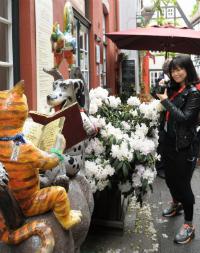
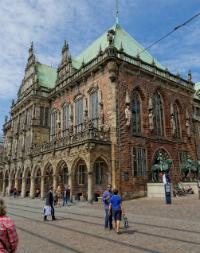
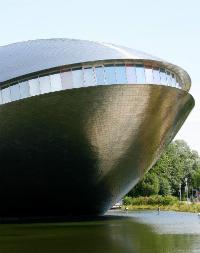
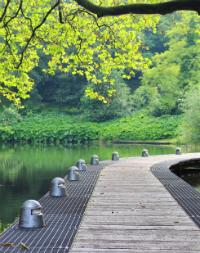

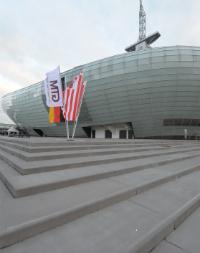
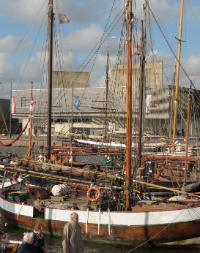
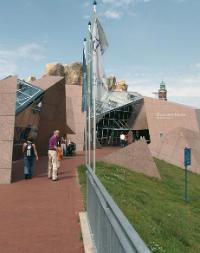
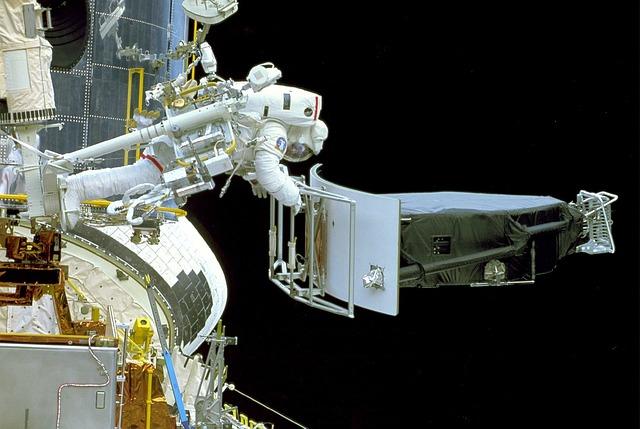
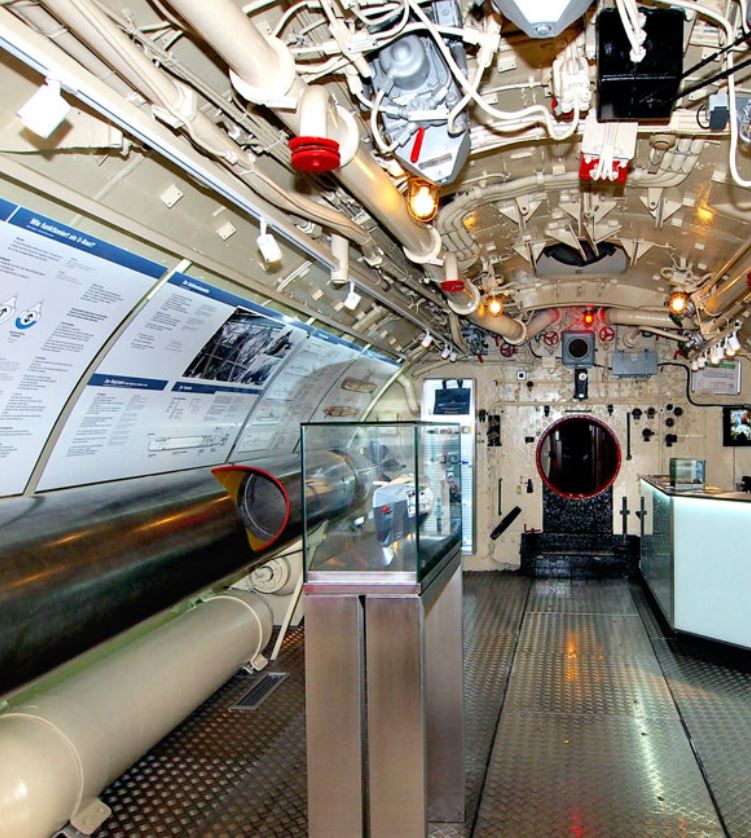
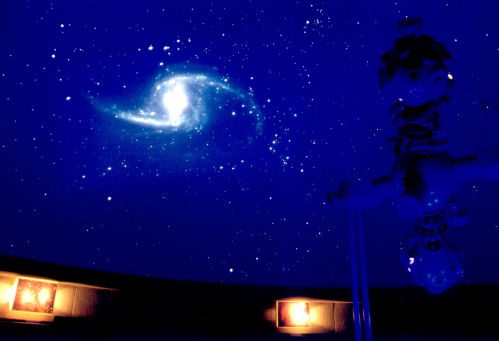
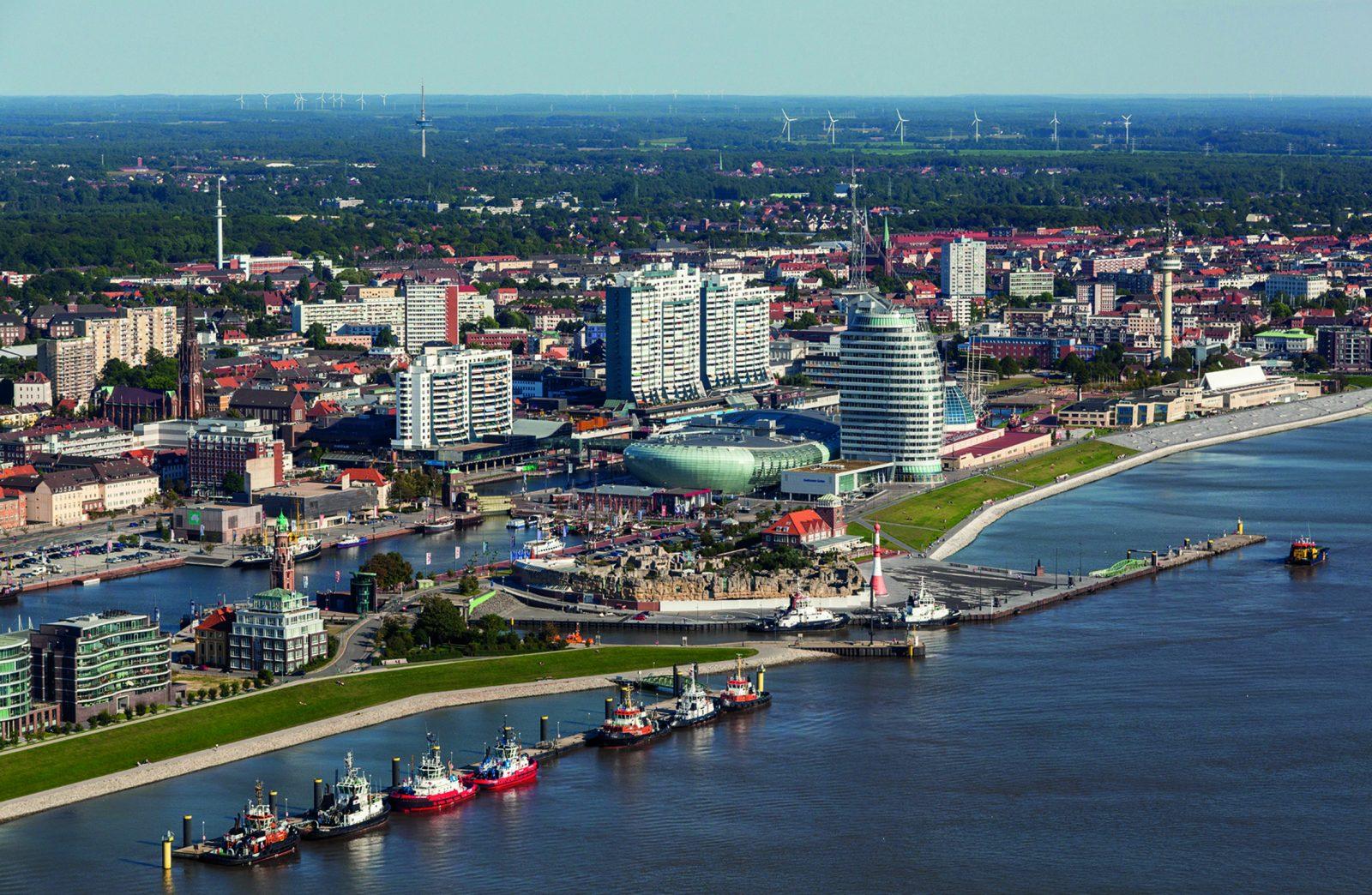
Typical accommodation
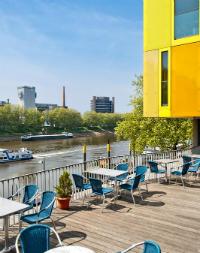
Why groups like it:
Facilities:
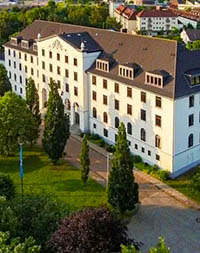
Why groups like it:
Facilities:
Learning outcomes
Subject focus
Students can:
- Be inspired with their science studies through visiting a number of world-class attractions
- Understand different climates across the world and the effects of climate change at the Climate House in Bremerhaven
- Appreciate the achievements of our scientific understanding through time and how this may change our understanding in the future
- Consider the discovery of space and our understanding of the universe at the Universum Bremen, the EADS Astrium and the Olbers Planetarium
- The biology of plants at the Green Science Centre Botanika
Student outcomes
Students will have had an opportunity to:
- Learn science outside the classroom in another country
- Be inspired to continue with their scientific studies
- Build confidence and learn to value the skills and techniques needed for personal and team success
- Strengthen existing friendships and make new friends
- Further develop their personal organisational skills
- Build skills in co-operation and working with others in a different environment
Related tours
Embark on a tailored school Geography trip to Costa Rica and experience a range of stunning sights and exciting excursions. From the forested slopes of its volcanoes to the coral reefs found on both coasts, students will soon learn that Costa Rica is one of the most biologically diverse nations in the world.



